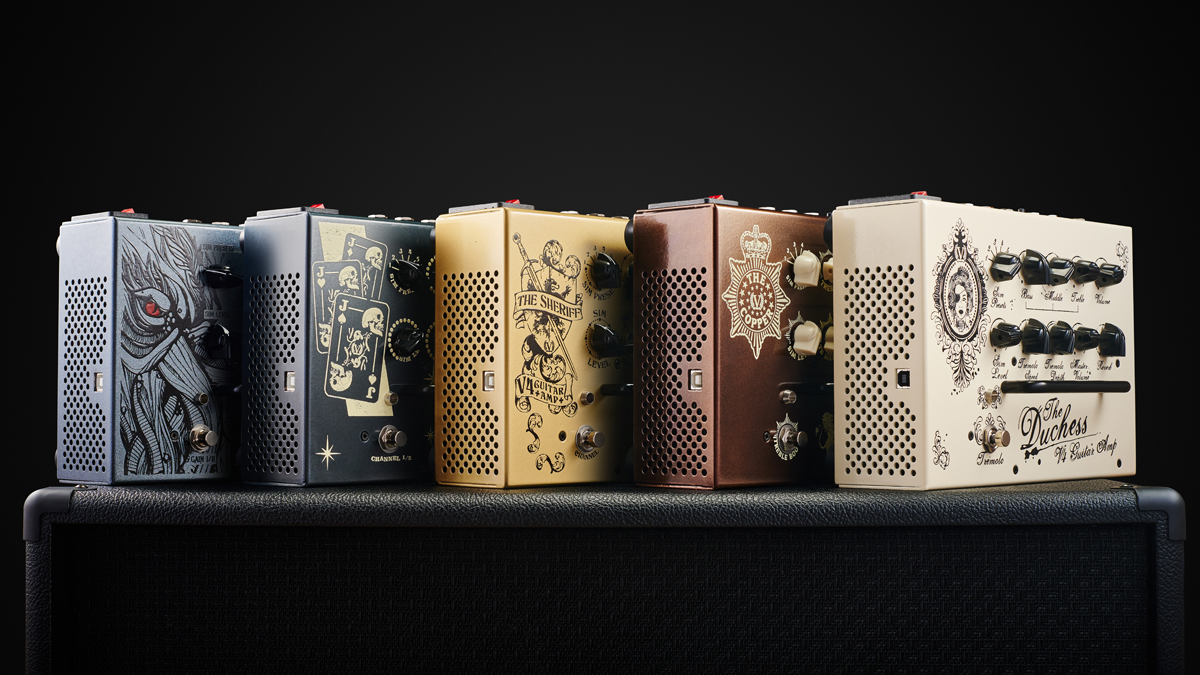
Victory has bolstered its acclaimed V4 family of supremely compact tube guitar amps by introducing not one, but three new additions to its lineup: The Jack, The Copper and The Sheriff.
The trio of amps all arrive with a host of familiar high-end specs, but also serve to introduce a wealth of impressive updates that will now be available throughout the entire V4 catalog.
As for the new units, though, the insanely compact pedal amps boast an all-tube preamp front end, 180-watt Class D power section, onboard digital reverb, effects loop and three-band EQ – specs that can all be found on the existing V4 amps, The Kraken and The Duchess.
In terms of specifics, each V4 amp comes loaded with four tubes – three CV4014s and one EC900 – which work alongside Victory’s all-new Valve Response Circuit: an appointment that aims to emulate the function of what a “resonance” control does in the power amp section of more conventional valve amps.
Each amp also flashes freshly embedded Two Notes DynIR technology, complete with six presets and access to 10 official Victory DynIR cab models via Two Notes’ Torpedo Remote software.
The sonic potential of the V4s is expanded when the amps are used alongside this software, which lets you use a collection of microphones and mic positions to fine-tune your tone.
These appointments are not exclusive to the three newest Victory amps, but will instead be found across the entire V4 range.
Get The Pick Newsletter
All the latest guitar news, interviews, lessons, reviews, deals and more, direct to your inbox!
Elsewhere, each V4 amp arrives with unique presets curated by a Victory artist – The Kraken by Rabea Massaad, The Duchess by Pete Honore, The Jack by Jack Gardiner, The Copper by Chris Buck and The Sheriff by Graham Coxon – as well as a nifty headphone output.
Read on to find out about all the amp-specific specs.
Victory V4 The Jack
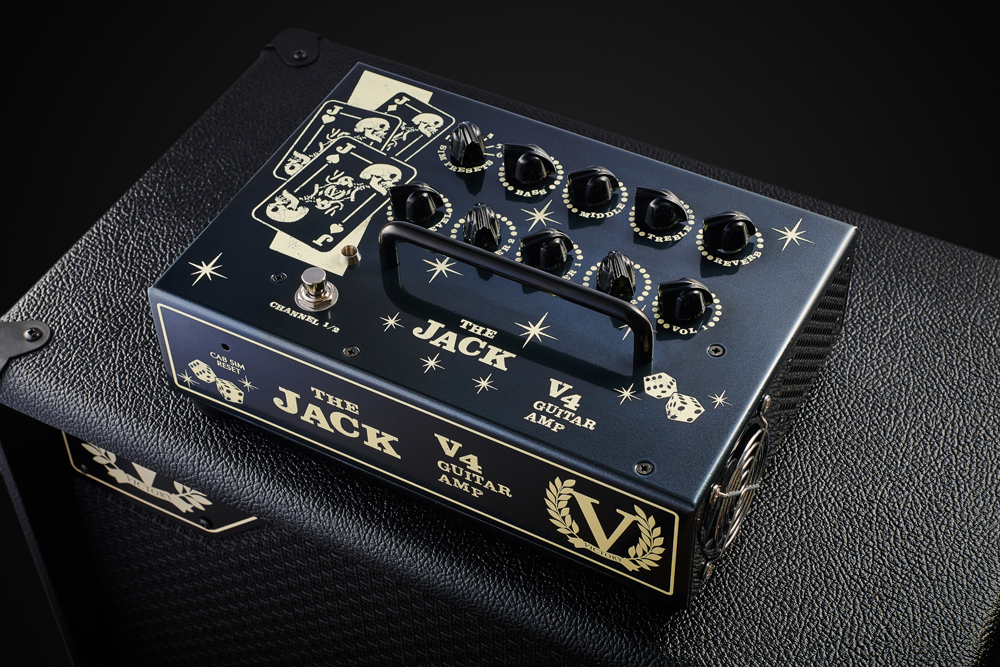
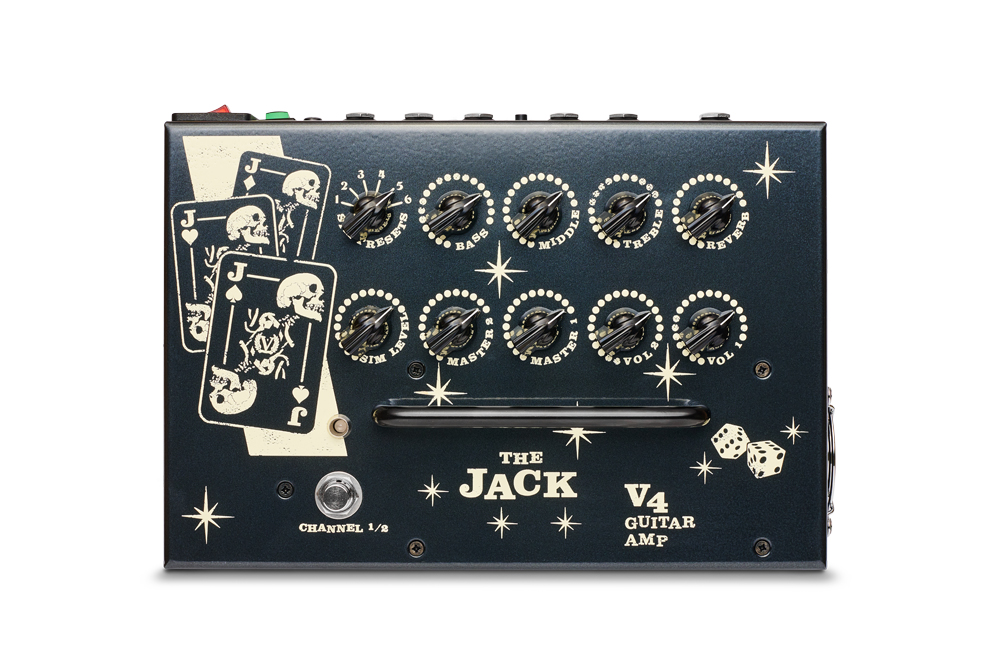
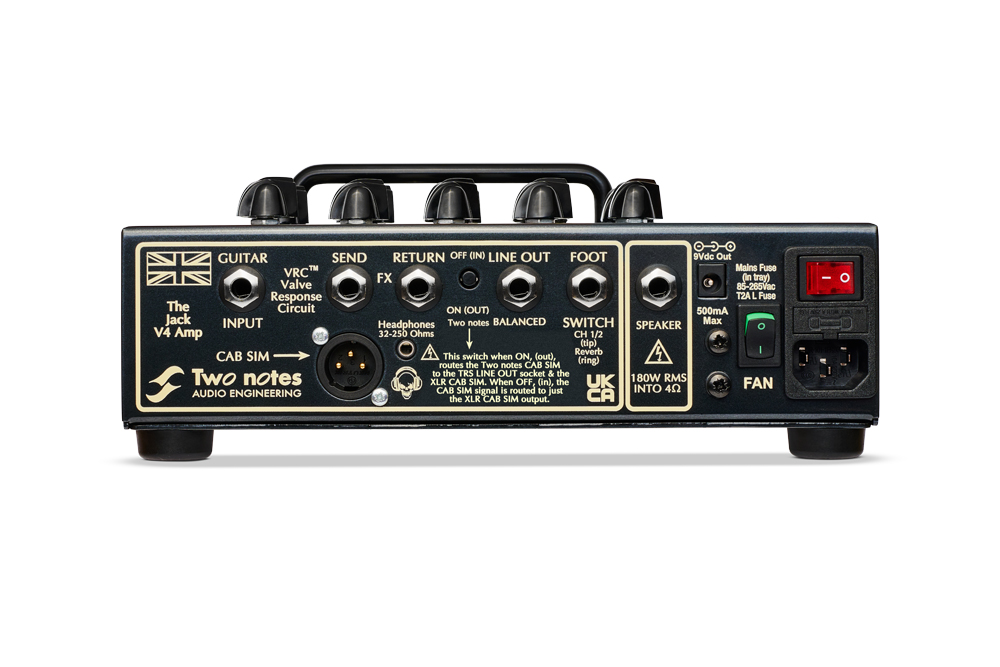
The Jack is dubbed an “all-rounder” by Victory, and is based on the V30 Jack amp that fusion wizard Guthrie Govan helped design. The two-channel amp comes equipped with a channel-hopping footswitch, and offers both a mild breakup and a “glorious overdrive”.
Other notable specs include channel-specific volume and master volume controls, a Sim Level knob and a rotary switch that accesses the six Two notes DynIR presets.
Victory V4 The Copper
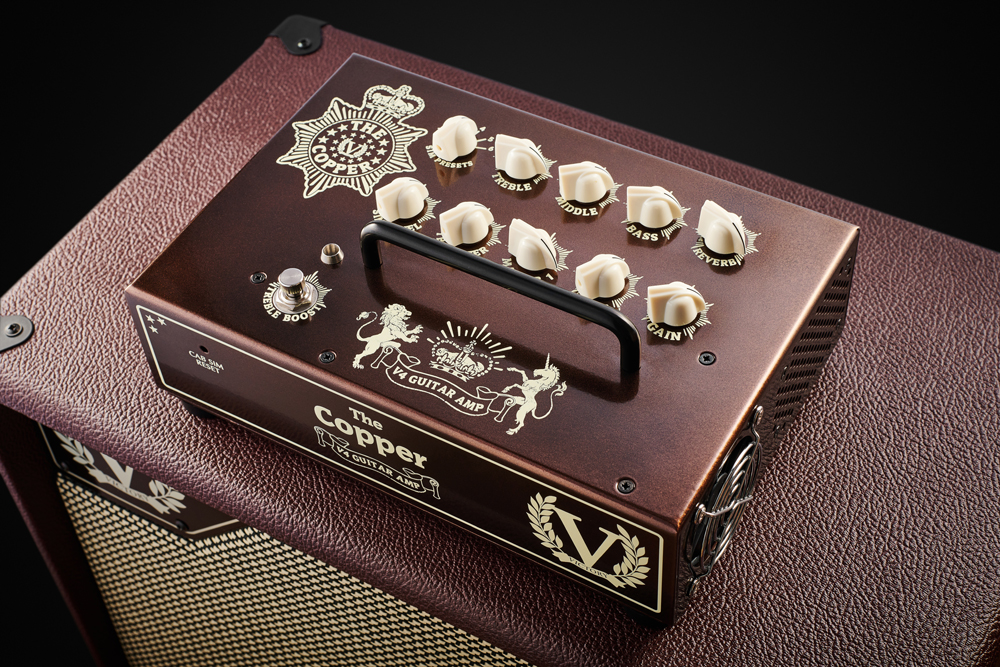
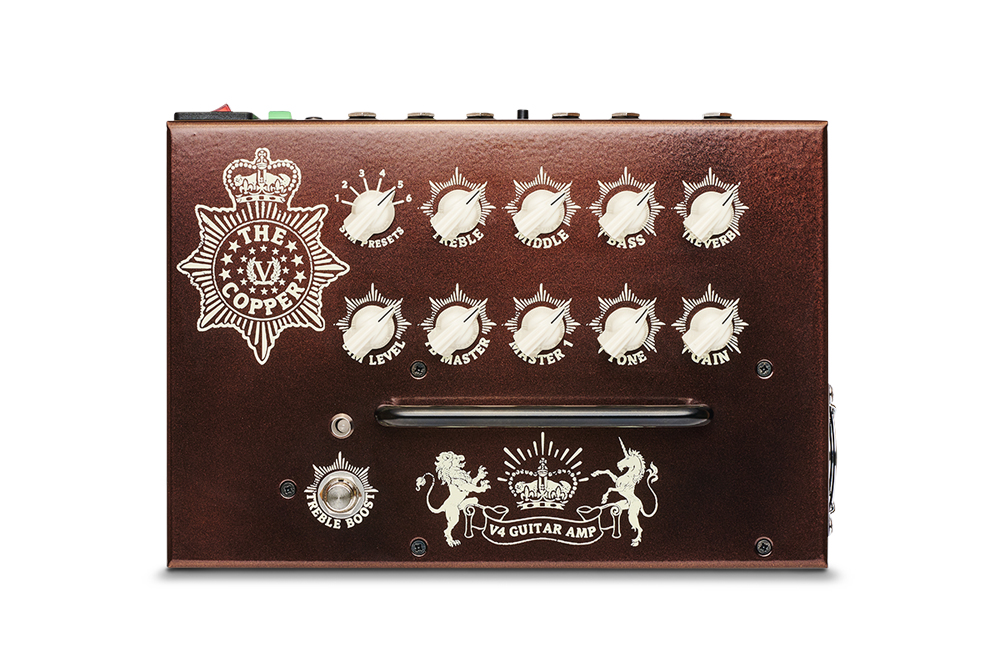
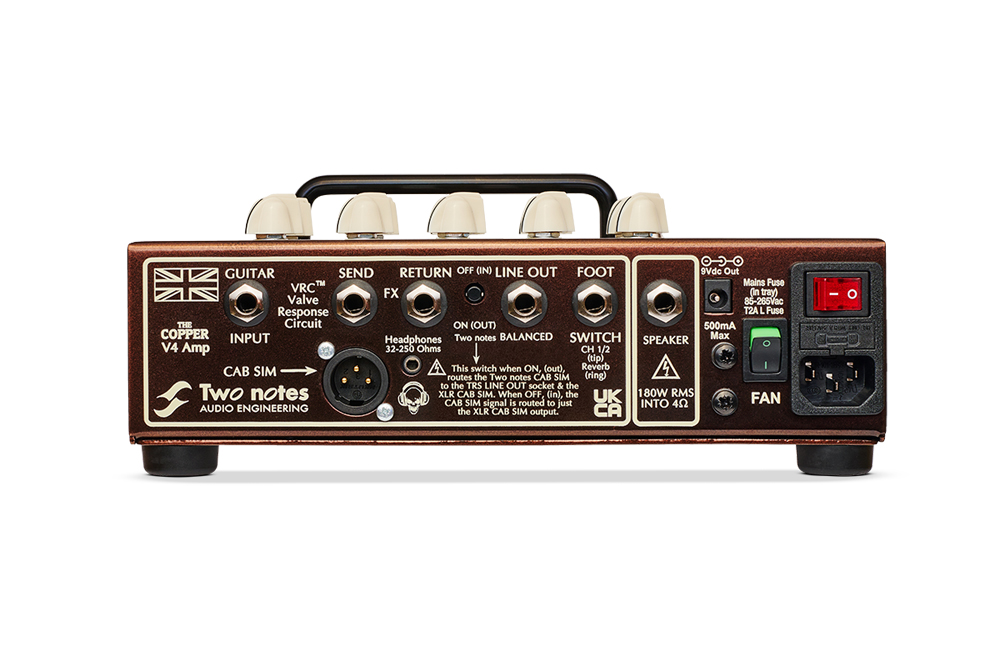
Next up is The Copper, inspired by British “chime and blues”, which swaps out the channel switch for a Treble Boost control that promises “creamy valve overdrive and sustain“.
Said to be suitable for classic British jangle, The Copper features additional Tone and Gain knobs, while retaining the rest of the lineup’s standout specs. These include Two Notes DynIR powers, an effects loop and onboard digital reverb.
Victory V4 The Sheriff
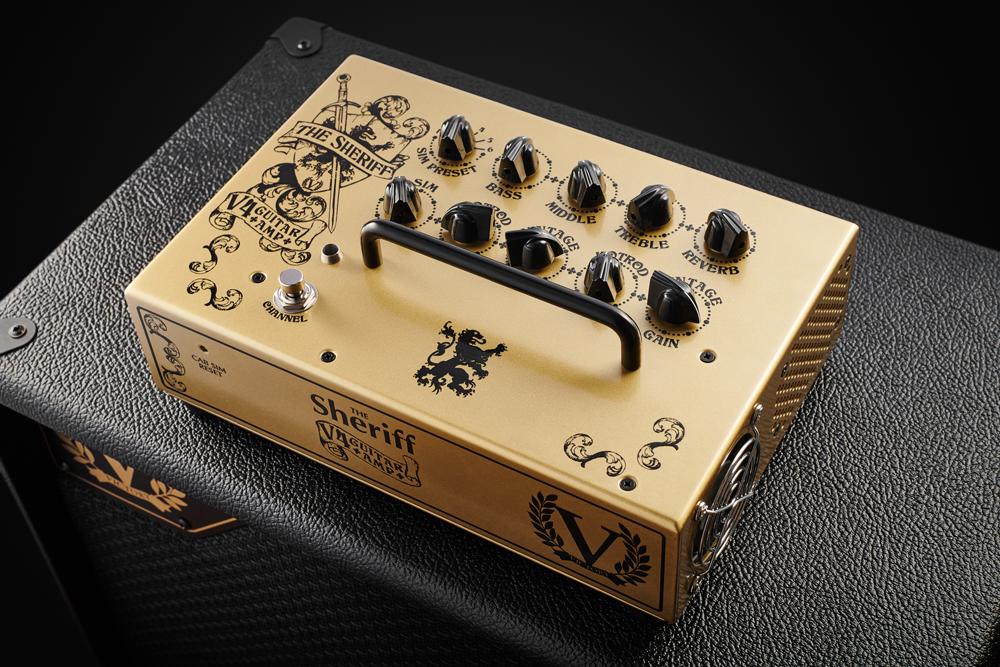
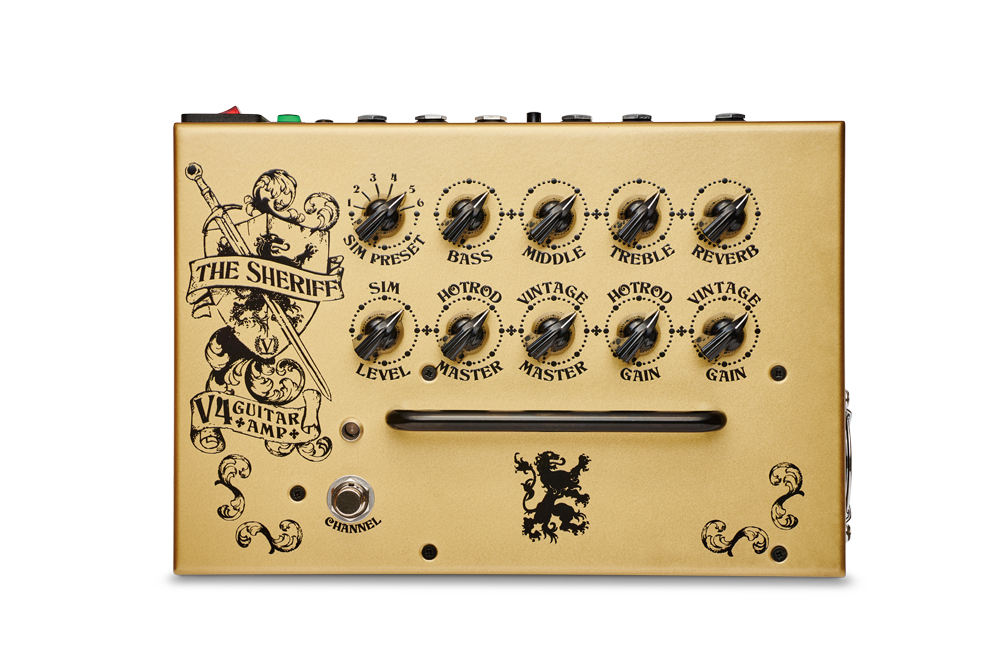
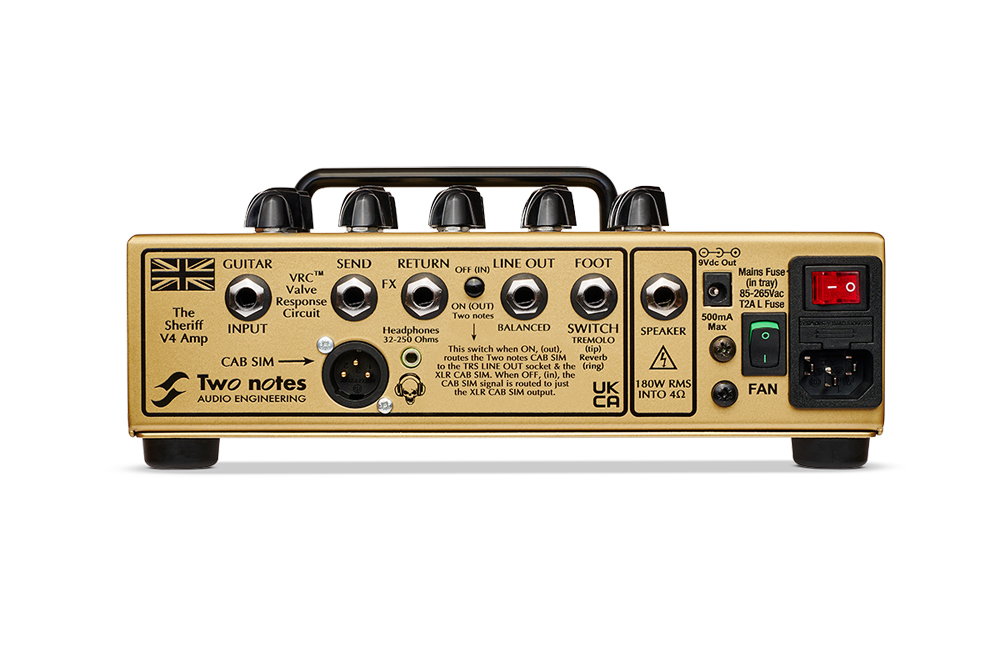
The third addition to the V4 family is the Sheriff – another two-channel offering that promises to provide everything from “‘60s blues to hot-rodded hair metal tones”. In practice, channel one is responsible for accessing an edge of breakup through to classic rock palette, while channel two is tasked with delivering modded “plexi” sounds.
Dubbed “Hotrod” and “Vintage” modes, each channel has dedicated Gain and Master knobs, and works alongside the three-band EQ, digital reverb and Two Notes preset-selecting rotary control.
Each Victory V4 amp is available now for $999.
For more information, head over to Victory.

Matt is the GuitarWorld.com News Editor. He has a Masters in the guitar, a degree in history, and has spent the last 16 years playing everything from blues and jazz to indie and pop. When he’s not combining his passion for writing and music during his day job, Matt records for a number of UK-based bands and songwriters as a session musician.
“If you’re a young guitar player, that’s money well spent”: John Mayer names the pedal he thinks every young guitar player should consider buying
“An effortless way to customize your TONEX pedals for the stage”: IK Multimedia answers players’ prayers and gives its best-selling TONEX units their biggest upgrade to date – a dedicated editor










